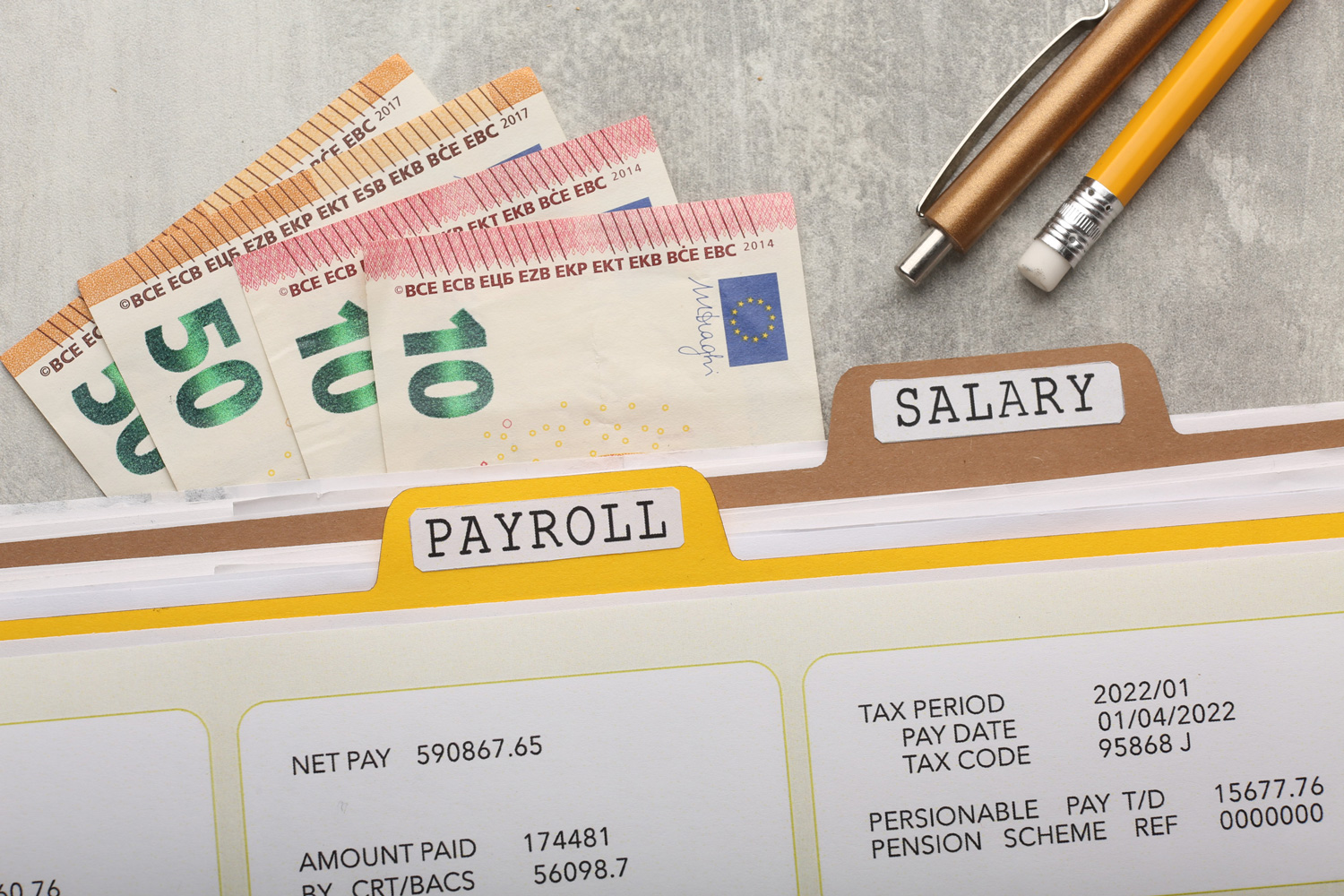TL;DR (Summary Box)
The future of HR and recruitment is being shaped by AI, automation, and data-driven hiring. These technologies streamline repetitive tasks, improve candidate matching, reduce bias, and help organizations make smarter hiring decisions. While AI will not replace HR professionals, it will redefine their roles—focusing on strategy, analytics, and people experience.
The world of HR is changing fast. With automation and artificial intelligence (AI) transforming how businesses hire, manage, and retain talent, HR teams are entering a new era of technology-driven decision-making.
In this guide, we’ll explore how AI, automation, and data-driven hiring are shaping the future of HR—and what organizations can do today to stay ahead of the curve.
The Evolution of HR in the Digital Age
Gone are the days when HR meant stacks of paper resumes and manual record-keeping. Today’s HR landscape is powered by cloud platforms, analytics, and AI-driven systems that help recruiters and managers make smarter decisions.
Key shifts shaping this evolution include:
- Digitization of HR processes (payroll, attendance, onboarding)
- AI-assisted recruitment for candidate screening and matching
- Data-driven hiring that uses analytics to improve workforce planning
- Automation that eliminates repetitive administrative tasks
These changes don’t just make HR more efficient—they make it more strategic.
What Is AI in Recruitment?
AI in recruitment refers to the use of artificial intelligence tools and algorithms to assist in various stages of the hiring process, such as resume screening, skill matching, and candidate engagement.
Common applications include:
- Resume scanning tools that identify top candidates based on keywords and skills
- Chatbots that answer candidate inquiries in real-time
- Predictive analytics that forecast a candidate’s success or retention probability
- Bias detection tools that reduce unconscious bias in hiring decisions
With AI, HR teams can focus on meaningful human interactions—like interviews and culture fit—while technology handles the rest.
What Is Data-Driven Hiring?
Data-driven hiring uses HR analytics and insights to make objective, evidence-based decisions throughout the recruitment process.
Instead of relying on gut feelings, companies analyze data such as:
- Source of top-performing hires
- Time-to-hire metrics
- Candidate engagement levels
- Employee performance and retention data
This helps identify which hiring channels work best, how to reduce turnover, and what qualities predict long-term success.
Data-driven hiring leads to smarter investments in talent acquisition and workforce development.
How Automation Is Revolutionizing HR
Automation is transforming HR operations from recruitment to employee management.
Here’s how it helps:
- Automates repetitive tasks like scheduling interviews or sending onboarding emails
- Streamlines payroll and attendance systems for accuracy and compliance
- Simplifies reporting and documentation, reducing administrative burden
- Supports scalability, allowing HR teams to handle growth without increasing headcount
By leveraging automation, HR professionals can dedicate more time to culture-building, employee engagement, and leadership development.
Benefits of AI and Automation in HR
When used together, AI and automation offer several advantages for HR teams:
- Faster hiring cycles – Automated resume screening and interview scheduling cut time-to-hire dramatically.
- Improved candidate experience – Chatbots and timely communication keep applicants informed and engaged.
- Reduced human bias – AI systems analyze data objectively, helping to promote fair hiring.
- Smarter decisions – Data analytics reveal what hiring strategies work best.
- Cost efficiency – Automating manual tasks lowers operational expenses.
In short, HR technology allows teams to work smarter, not harder.
Will AI Replace HR Professionals?
This is one of the most common questions today—and the short answer is no.
AI is here to augment, not replace, human judgment. While machines can analyze data and automate processes, they can’t replace empathy, intuition, or leadership—skills that define great HR professionals.
The future of HR is human + machine, not one over the other. HR teams that learn to harness technology will become more strategic and valuable to their organizations.
The Role of Data Analytics in Recruitment
Data analytics in HR, also known as people analytics, is about turning information into insights.
HR teams can use data to:
- Track diversity, equity, and inclusion (DEI) metrics
- Forecast hiring needs and workforce trends
- Measure employee engagement and turnover risks
- Align hiring goals with company strategy
For example, a company might discover that employees hired through internal referrals stay longer and perform better—leading to stronger referral programs and better ROI.
Preparing for the Future of HR
As the future unfolds, HR professionals must adapt to a technology-first mindset while maintaining human connection.
Here’s how to get ready:
- Invest in HR technology platforms that support automation and analytics
- Train HR teams in data literacy and tech fluency
- Focus on employee experience as a strategic differentiator
- Build ethical AI policies to ensure fairness and transparency
- Collaborate with IT and data teams for integrated decision-making
HR isn’t becoming less human—it’s becoming more empowered by technology.
Top HR Technology Trends to Watch in 2025
- AI-powered talent sourcing – Tools that automatically identify and approach qualified candidates.
- Predictive analytics for retention – Data models that predict employee turnover before it happens.
- People analytics dashboards – Real-time HR metrics accessible to leadership teams.
- Chatbots for HR support – 24/7 assistance for employees and candidates.
- Automation of compliance – Systems that monitor and update compliance requirements automatically.
- DEI-focused AI tools – Platforms that ensure fair, inclusive recruitment.
These trends are redefining HR’s role—from administrative to strategic.
Addressing the Pain Point: Confusion Around HR Tech Adoption
Many companies hesitate to embrace AI and automation because they fear complexity or cost.
Here’s how to overcome this:
- Start small with one process (e.g., automating interview scheduling).
- Choose scalable HR tools suited to your organization’s size.
- Partner with tech providers who offer training and local support.
- Regularly review performance metrics to measure ROI.
When done right, technology adoption in HR saves time, reduces errors, and improves hiring quality—all while freeing teams to focus on people.
FAQs: The Future of HR and Recruitment
1. What does the future of HR and recruitment look like?
It’s data-driven, automated, and powered by AI—focusing on smarter decisions and better employee experiences.
2. How is AI used in recruitment?
AI helps screen resumes, match skills, analyze candidate data, and reduce bias, leading to more efficient hiring.
3. What is data-driven hiring?
It’s using analytics to make objective hiring decisions based on measurable performance indicators.
4. How does automation help HR teams?
Automation streamlines administrative work—like onboarding, payroll, and scheduling—so HR can focus on strategy.
5. What are the benefits of using AI and automation in HR?
They reduce costs, save time, improve accuracy, and enhance both employee and candidate experiences.
6. Will AI replace HR professionals?
No—AI complements HR roles by handling repetitive tasks while humans focus on empathy and leadership.
7. What are examples of AI tools in recruitment?
Resume screeners, candidate chatbots, predictive analytics platforms, and automated interview schedulers.
8. What skills do HR professionals need for the future?
Data literacy, tech fluency, adaptability, and emotional intelligence.
9. How can companies start adopting data-driven hiring?
Begin by digitizing HR systems, gathering structured data, and training staff in analytics.
10. What are the top HR technology trends to watch in 2025?
AI-driven sourcing, predictive retention analytics, and DEI-focused hiring tools.
Final Thoughts: Embracing a Human-Tech Future
The future of HR and recruitment in the age of AI and automation isn’t about replacing people—it’s about empowering them.
As data-driven hiring, automation, and analytics reshape how companies attract and retain talent, HR professionals must evolve into strategic partners who balance technology with empathy.
Organizations that embrace these changes today will be the ones leading tomorrow’s workplace transformation.



